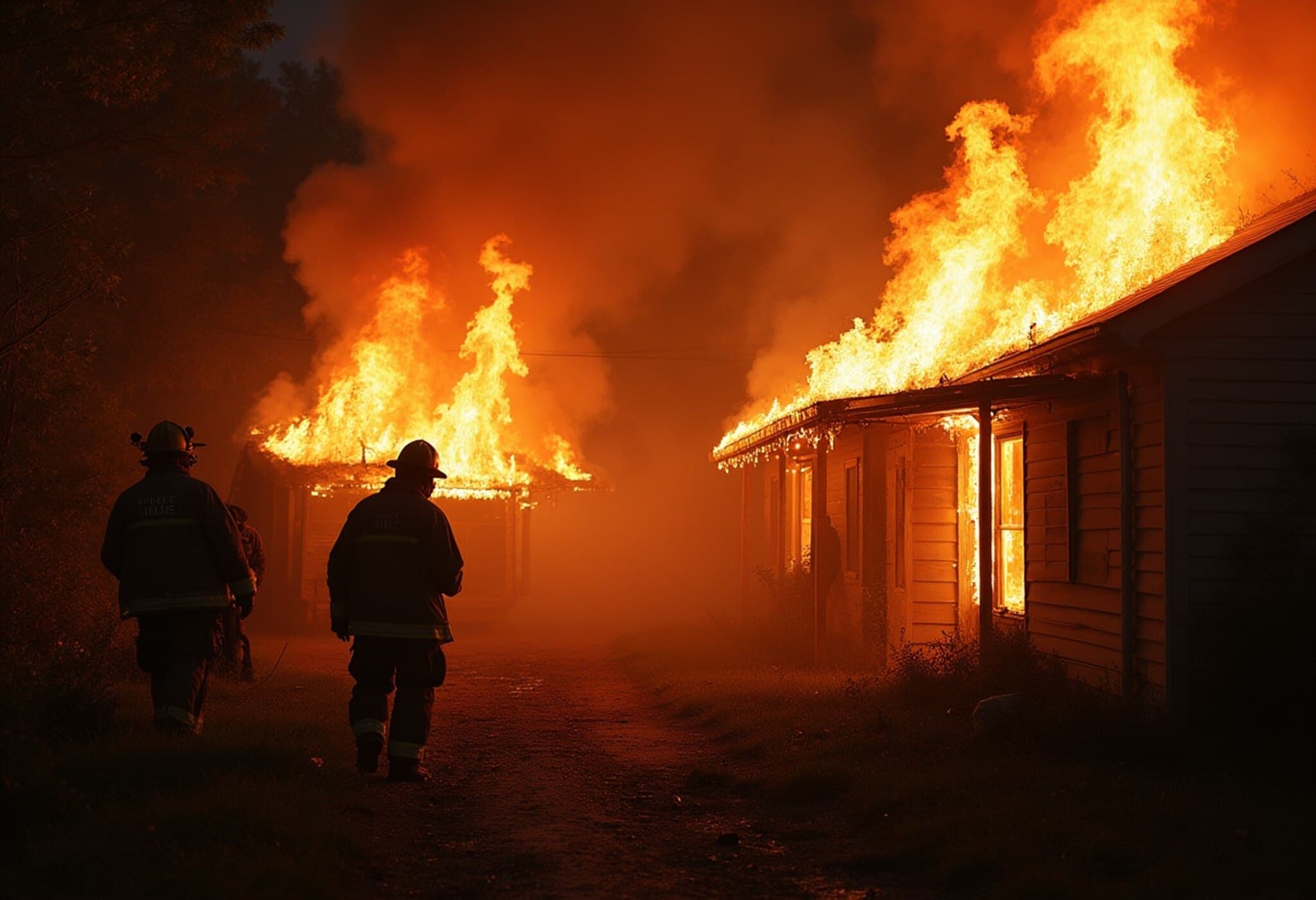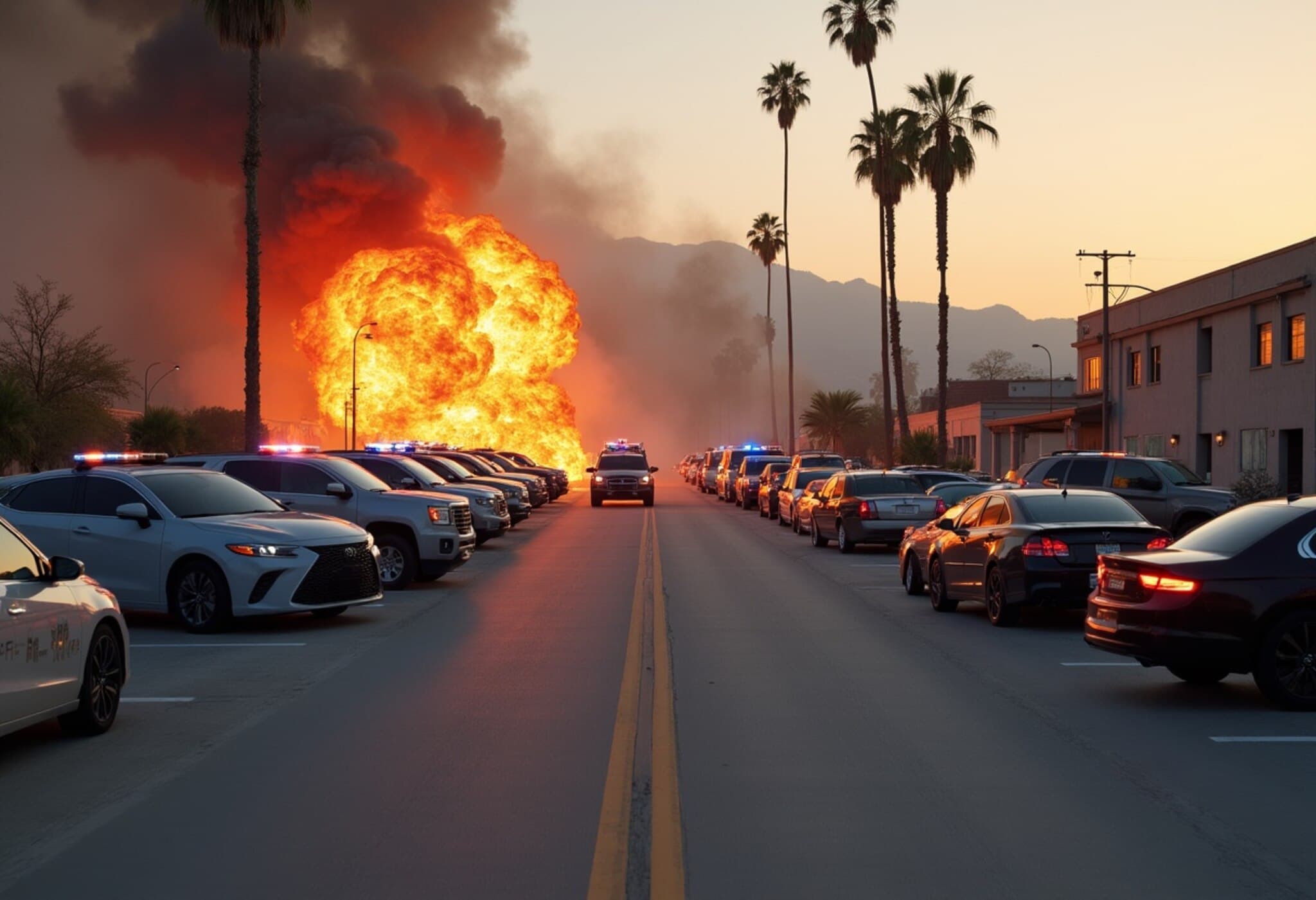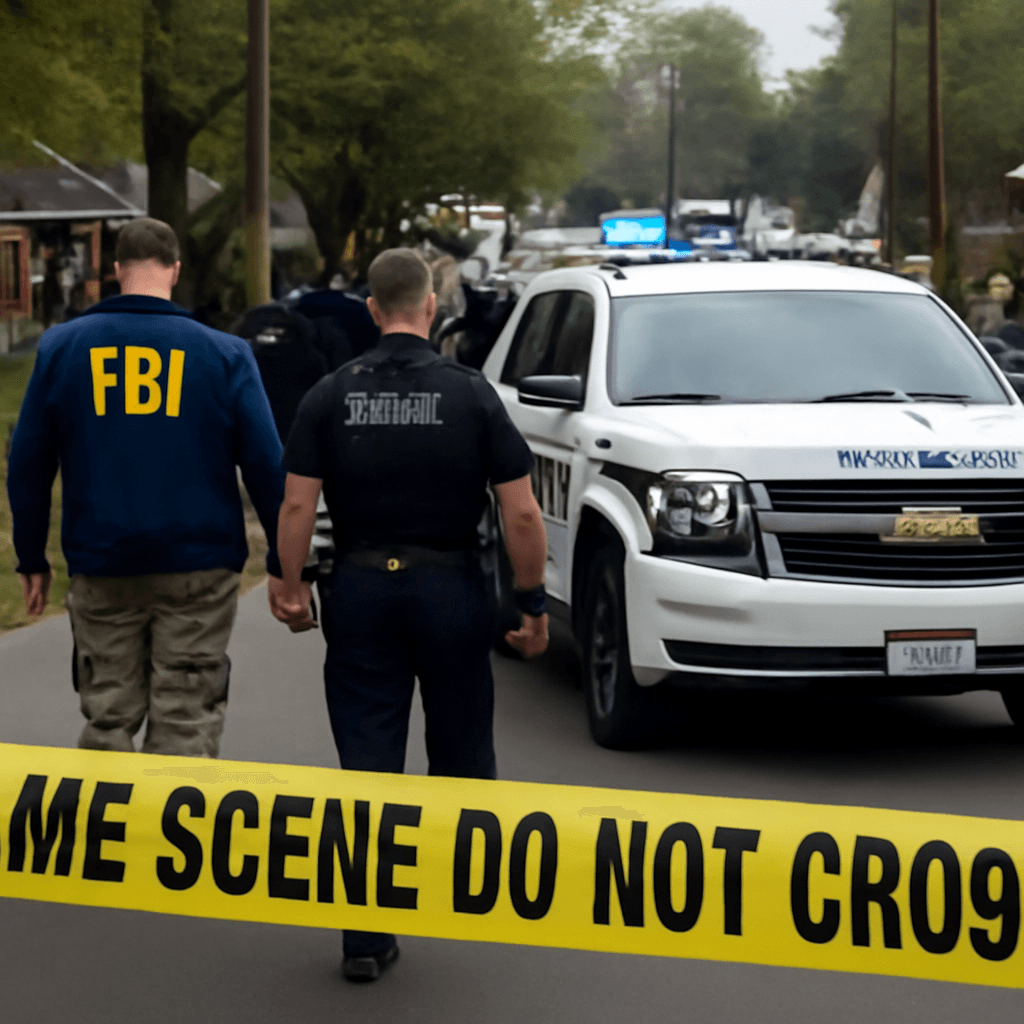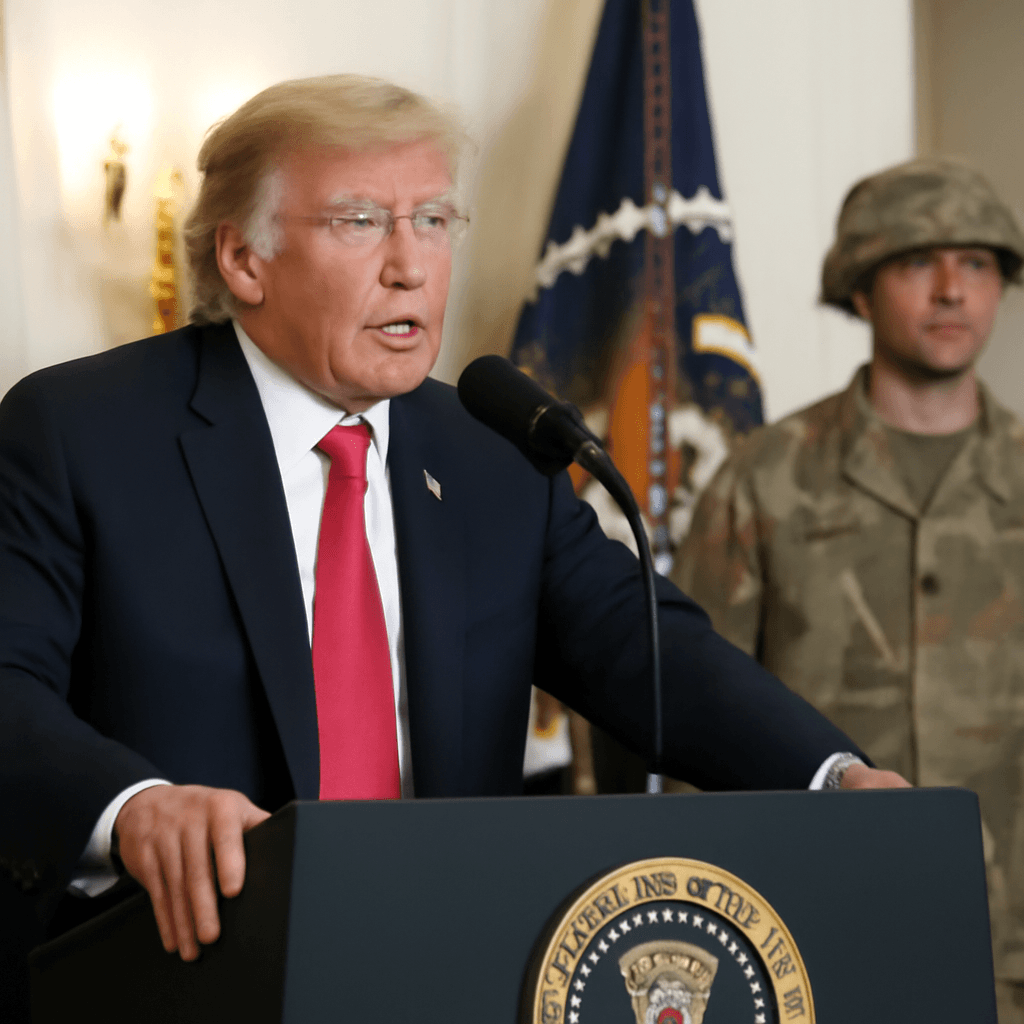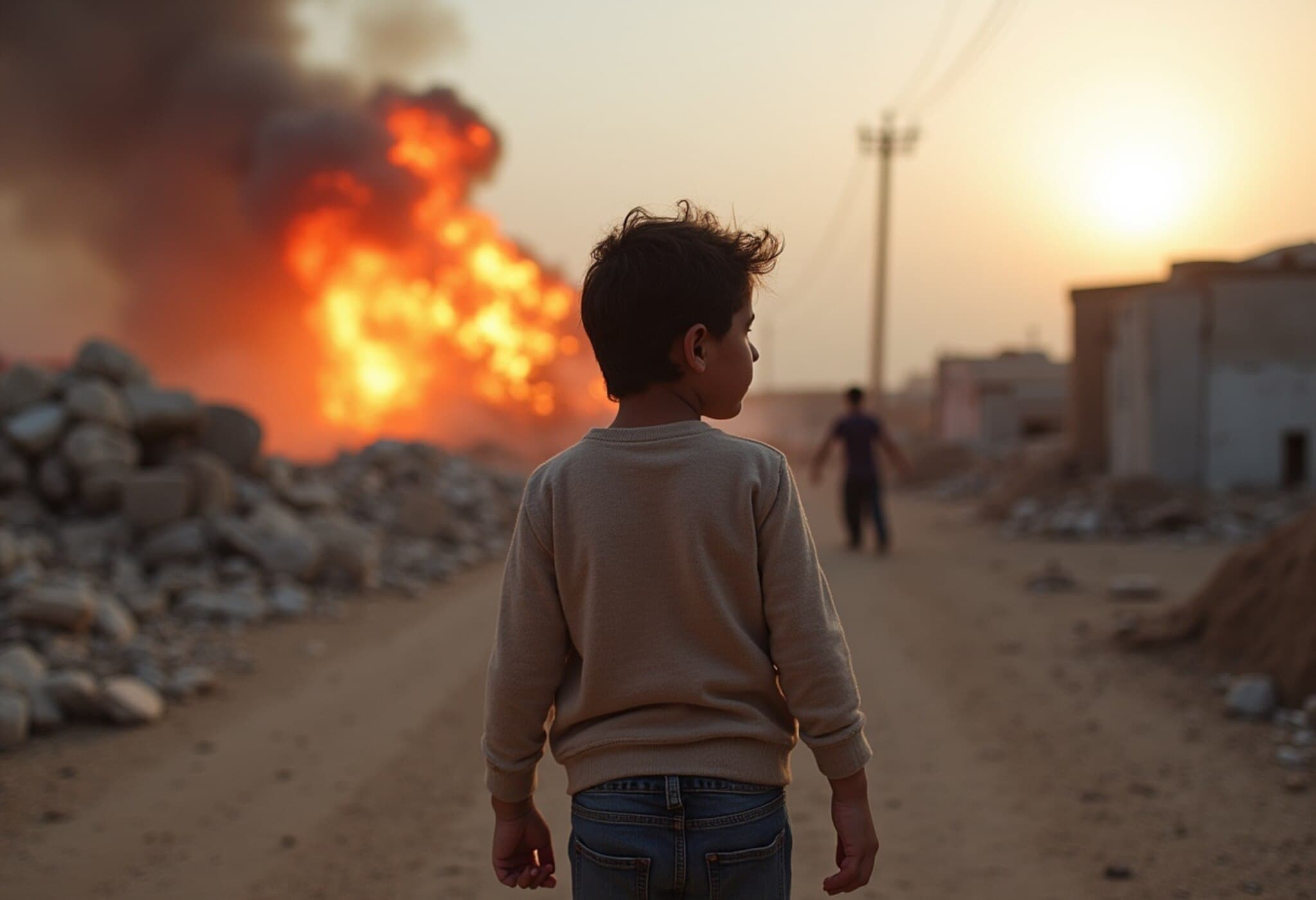Tragic Shooting Spree in Kentucky: Trooper and Churchgoers Wounded
On a quiet Sunday morning in Fayette County, Kentucky, the community was shaken by a devastating shooting that left multiple individuals injured and culminated in the death of the suspect at a local church in Lexington. Authorities are still piecing together the events, while examining potential connections to a separate incident earlier that day at Blue Grass Airport.
Timeline of the Incident
The first attack occurred around 11:36 a.m. local time, when a state trooper was shot during an encounter in Fayette County. The assailant then fled the scene and headed towards the Richmond Road Baptist Church in southwest Lexington. Upon arrival, the suspect unleashed further violence, injuring several church attendees during a second shooting before being fatally shot by responding law enforcement officers.
Emergency Response and Community Impact
- Victims: Among those wounded was the state trooper, who along with others injured in the church shooting, was transported to a nearby hospital. The full extent of injuries remains under assessment.
- Law Enforcement Action: The rapid and coordinated response by Lexington Police Department and Kentucky State Police played a crucial role in containing the threat and preventing further loss of life.
- Governor’s Statement: Governor Andy Beshear expressed his condolences and called for community prayers, emphasizing the senseless nature of the violence and gratitude for first responders’ efforts.
Potential Connection to Blue Grass Airport Shooting?
Authorities have yet to confirm whether this violent outbreak is linked to a separate shooting incident reported earlier the same day at Blue Grass Airport in Lexington. Both scenes are under active investigation, with law enforcement working diligently to determine if there is any connection between the two events.
Contextual Analysis: Understanding the Broader Implications
Shooting incidents involving law enforcement and civilians in places of worship starkly highlight ongoing challenges around public safety, mental health services, and gun control policy in the United States. Churches are traditionally viewed as sanctuaries; attacks in such sacred spaces resonate deeply across communities, stirring fears and prompting urgent calls for policy review.
From an expert perspective, these events underscore the critical need for enhanced support for first responders, better crisis intervention, and more comprehensive background checks to prevent firearms from falling into dangerous hands. Additionally, examining the root causes—such as mental health crises or domestic conflicts—is essential in formulating preventive strategies.
The Legal and Policy Dimensions
- Law Enforcement Safety: Incidents targeting officers fuel ongoing discussions about training, equipment, and mental health resources needed to protect those on the front lines.
- Gun Legislation: Kentucky, like many states, faces persistent debates around Second Amendment rights versus public safety imperatives. High-profile shootings often catalyze legislative attention, though policy outcomes vary widely.
- Community Healing: Post-incident, local and state authorities must engage communities in trauma-informed support and foster resilience through faith leaders, counselors, and civic groups.
What Comes Next?
As investigations continue, the focus now shifts toward understanding the suspect’s motives and any possible links to other violent acts. Meanwhile, the Lexington community grapples with the trauma of senseless violence amid calls for unity and vigilant hope for peace.
Expert Commentary
Dr. Amelia Clarke, a criminologist specializing in violent crime prevention, notes, "Incidents like this are tragic reminders of the evolving nature of threats law enforcement faces, especially when suspects target public officials and sacred spaces. Comprehensive community policing strategies and mental health collaboration are vital to mitigate future risks."
Editor's Note
In the aftermath of the Kentucky shooting, critical questions arise about how society can better protect vulnerable communities and prevent such tragedies. What responsibilities do states have in balancing gun rights with public safety? How can mental health interventions interrupt cycles of violence before they erupt? As this story develops, readers are encouraged to consider the multi-faceted nature of gun violence and community safety—from policy reform to collective resilience.




